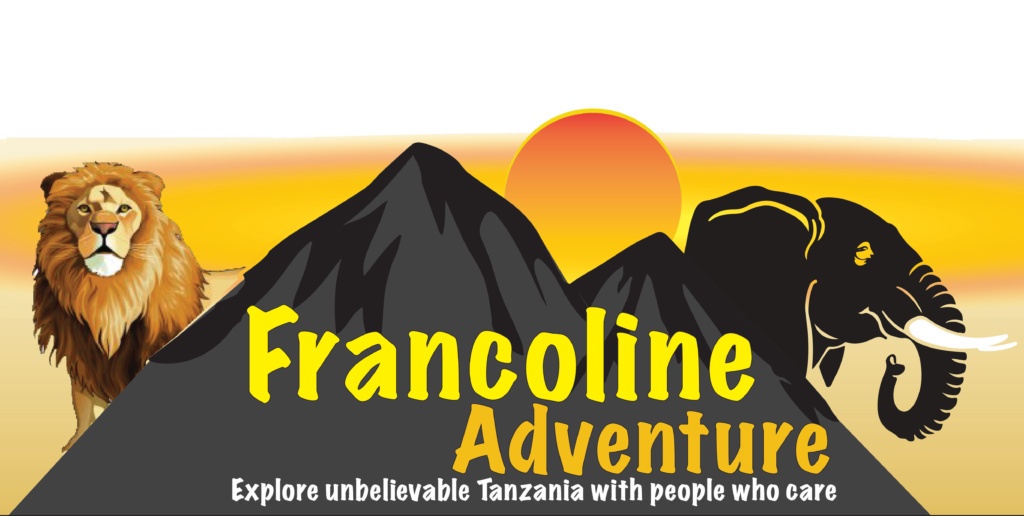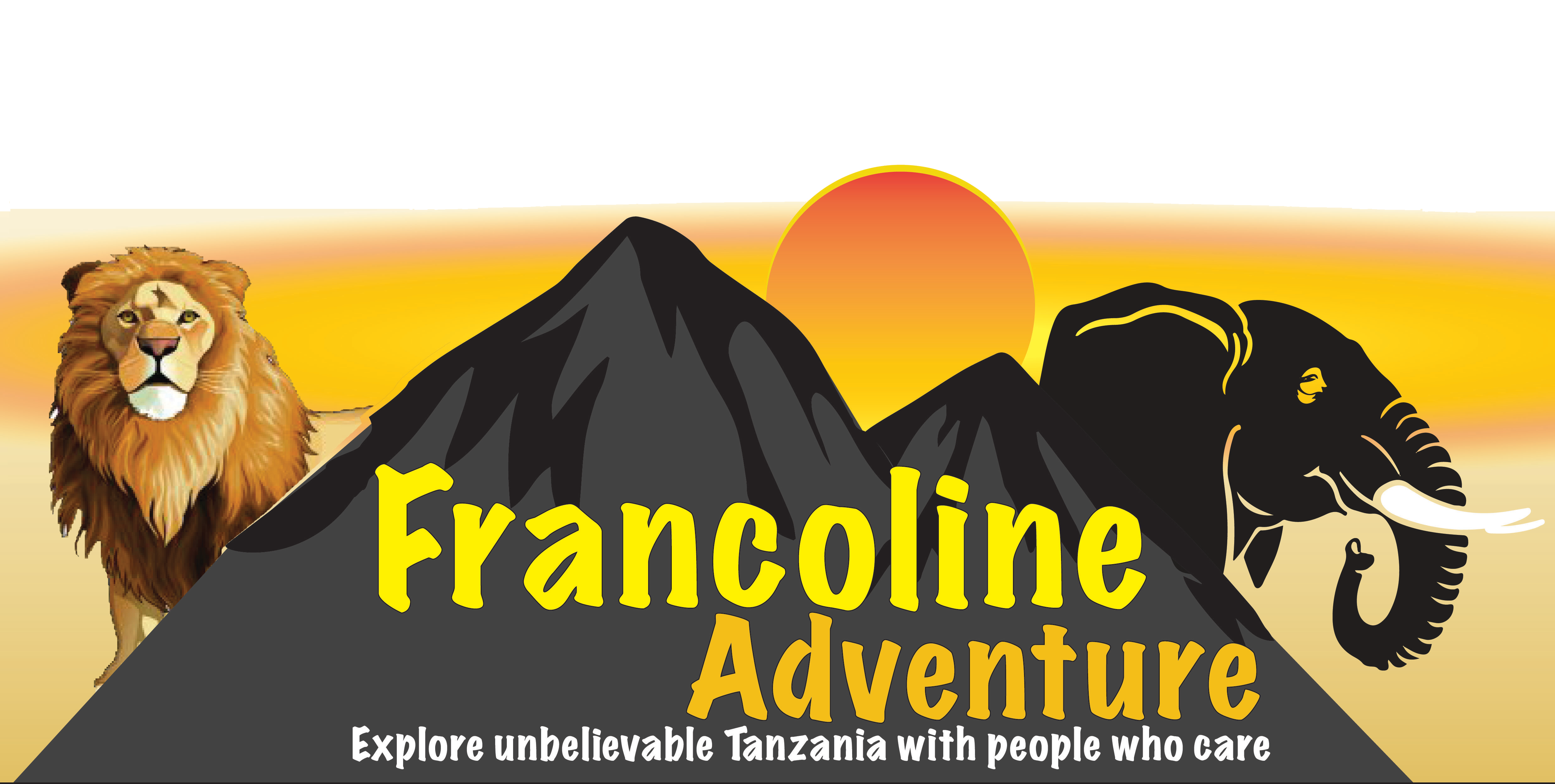MOUNTain PACK LIST & MEDICAL PREPARATION
MORE INFORMATION
KILIMANJARO CLIMBING GEARS AND MEDICAL TIPS.
Mount Kilimanjaro is a popular site for recreational hikers and climbers seeking to conquer the Seven Summits, the seven tallest mountains on each continent. With a summit of 19,340 feet, Kilimanjaro is the highest point in Africa, any climbers heading to the top will need to be prepared for the rigors of high-altitude trekking. As you prepare for your trip to Africa, you need to start training for the Mt. Kilimanjaro climb as early as possible; quality preparation can make the difficult hike more comfortable and will reduce your likelihood of getting injured on the mountain. Climbing Mount Kilimanjaro is a physical challenge which is well within the reach of most people who enjoy a reasonable standard of fitness. However, training specifically for the climb is essential to prepare you for the particular pitfalls posed by mountain walking. You are strongly advised to seek medical advice before deciding to arrange your climb and before starting a training program, particularly if you have any concerns about your health. It is very important that your body is properly prepared for the
physical challenge of the Kilimanjaro. The better prepared you are, the better you plan to conquer the highest point of Africa. Good preparation will make a significant contribution to your own confidence and your mental strength.
BELOW ARE REQUIRED CLIMBING GEARS. You could rent some in Tanzania as well;
- Hiking/mountaineering boots
- Trekking poles
- Backpack
- Water filter tabs
- Two water bottles
- Headlamp
- Gore-Tex jacket/pants
- Fleece jacket/pants
- Polypropylene underwear
- Glacier sunglasses
- Hat
- Gloves/Mittens
- Hiking socks
- Shorts
- Sleeping bag rated to 0 degrees.
- Duffel bag with maximum weight of 18kg.
KILIMANJARO MEDICAL PREPARATION.
There are a number of vaccinations that you should get before you travel to Tanzania to climb the tallest mountain. We recommend you check with your local GP or travel clinic which vaccinations you require. Below we have briefly outlined the main vaccinations you should get. Get your vaccinations. Check with the CDC for current recommendations, which
sometimes change. As of 2010, the list includes DTP, Hep A, Hep B, MMR, polio, rabies, typhoid, and yellow fever. Also the medical kit to that is important to take with you up Kilimanjaro should include the following:
- Antiseptic cream – For small cuts and grazes.
- Plasters Ditto.
- Bandages Useful for twists and
- Sprains as well as for larger flesh wounds.
- Compeed For blisters.
- Elastic knee supports For steeper gradients, particularly if you have knee problems.
- Anti-malarials Though you’re highly unlikely to catch malaria on the mountain (you’ll be above the anopheles mosquito’s maximum altitude for nearly all the trek), if you’re on a course of anti-malarials you should continue taking them.
- Ibuprofen/Aspirin/
- Paracetamol Or other painkillers.
- Bismuth subsalicylate The active ingredient in Pepto-bismol, which could be useful for settling upset stomachs.
- Imodium Stops you going when you don’t want to go, which could come in handy.
- Insect repellent Useful on the first and last day, though above the tree-line the climate is too cold for most insects to survive.
- Rehydrating powders Such as Diarolyte. Usually prescribed to people suffering from diarrhea but useful after a hot day’s trekking as well.
- Lip salve or chapstick/vaseline Useful for that nighttime haul to the summit, where the
- wind will rip the skin from your lips.
- Throat pastilles Useful, as the dry, dusty air causes many a sore throat.
- Any current medication you are on Bring with you all your needles, pills, lotions, potions and pungent unguents.
- Diamox Diamox is the brand name for Acetazolamide, the drug that fights AMS and which many people use prophylactically on Kilimanjaro. To help you decide whether you want to bring some of these with you.
- Sterile needles If you are having an injection in Tanzania, insist that the doctor uses your
- new needles. Carry everything in a waterproof bag or case, and keep at least the emergency stuff in your daypack – where hopefully it will lie undisturbed for the trek’s duration.

